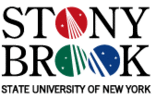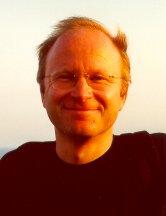
| ACM Solid and Physical Modeling Symposium |
| Stony Brook University, June 2 - 4, 2008 |
News and Updates
Call for Papers
Organization
Important Dates
Paper Submission
Technical Program
Invited Speakers
Siemens PLM Software Best Paper Award
Workshops
Mini-Symposia
Venue
Travel
Hotels
Social Events
Registration
About Stony Brook
Contact Us
Previous Conferences
Sponsors
Other Events
| Invited Speakers |
|
Prof. Dr. Helmut Pottmann is a professor in the Geometric Modeling and Industrial Geometry research unit at the Institute of Discrete Mathematics and Geometry, Vienna University of Technology. His research interest include Industrial Geometry, Architectural Geometry, Computer Aided Geometric Design, Geometric Modelling and Computer Vision, Applications of Geometry in Manufacturing and Kinematical Geometry and Robot Kinematics. He has co-authored two books and numerous papers for ACM Trans. Graphics, Proc. SIGGRAPH. He obtained Mag. rer. nat.' (comparable to M.S.) in Mathematics, Vienna University of Technology, 4/82 and Dr. techn. in Mathematics, Vienna University of Technology, 6/83 |
